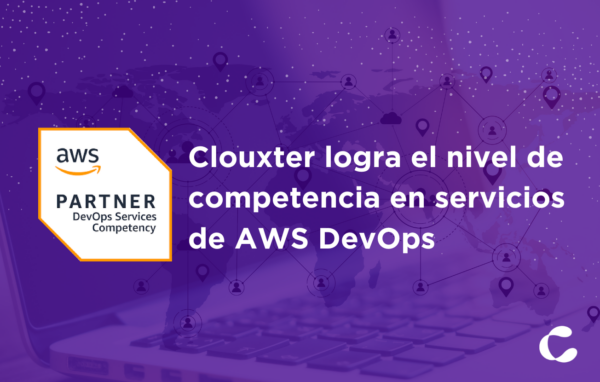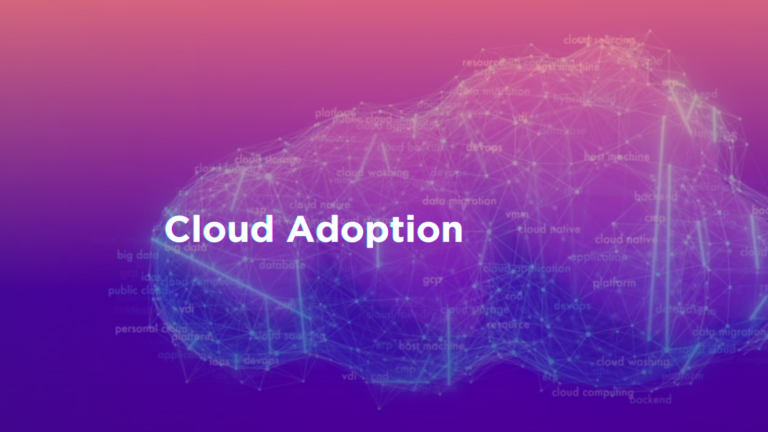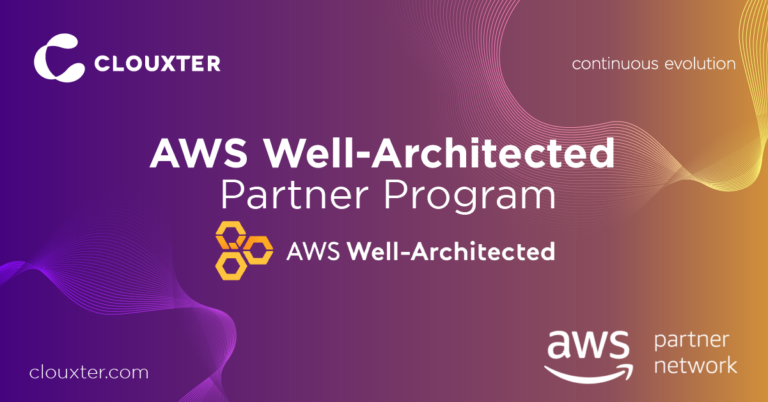AWS announced the launch of the first Local Zone in Colombia, Chile, Argentina and Brazil
AWS has just announced that it will launch the first Local Zone in Colombia, available between 2022 and 2023; offering computing, storage, database, and other services, to be closer to our clients, reducing latency and providing a better experience.
Amazon CloudFront expands to 200 locations with new Edge locations
On October 24, 2019, Amazon CloudFront introduced its first edge location in Colombia, Chile, and Argentina. Thanks to these edge locations, visitors from these countries will benefit from a 60% improvement in latency when accessing content using CloudFront. Additionally, starting November 1, 2019, CloudFront reduced prices for on-demand data transfer by up to 56% in South America. Currently, CloudFront has 200 points of presence distributed in 77 cities in 37 countries.
Fountain; https://aws.amazon.com
7 concepts you should know about regions and availability zones of the Amazon AWS Global Infrastructure Network
1. AWS Local Zones
AWS Local Zones place compute, storage, database, and other select AWS services closer to end users. With AWS Local Zones, you can easily run sensitive applications that require single-digit millisecond latencies for your end users, such as media and entertainment content creation, real-time gaming, warehouse simulations, electronic design automation, and machine learning.
Each AWS Local Zone location is an extension of an AWS Region where you can run your latency-sensitive applications with AWS services such as Amazon Elastic Compute Cloud, Amazon Virtual Private Cloud, Amazon Elastic Block Store, Amazon File Storage, and Amazon Elastic Load Balancing in the geographical proximity of your end users. AWS Local Zones provide a secure, high-bandwidth connection between on-premises workloads and those running in the AWS Region, enabling seamless connection to your other workloads running on AWS and to the full range of services in the region through the same APIs and toolsets.
2. Regions
AWS has the concept of a region, which is a physical location around the world where we group data centers. We call each group of logical data centers an “availability zone.” Each AWS Region consists of several isolated and physically separated availability zones within a geographic area. Unlike other cloud providers, which often define a region as a single data center, the multiple availability zones design of each AWS Region offers advantages for customers. Each Availability Zone has independent power, cooling, and physical security and is connected through redundant, ultra-low latency networks. AWS customers focused on high availability can design their applications to run in multiple availability zones for greater fault tolerance. AWS Infrastructure Regions meet the highest levels of security, compliance, and data protection.
AWS provides a larger global footprint than any other cloud provider, and to support its global footprint and ensure customers are served around the world, AWS is rapidly opening new regions. AWS maintains multiple geographic regions, including North America, South America, Europe, China, Asia Pacific, South Africa, and Middle East regions.
3. Availability zones
An Availability Zone (AZ) is one or more discrete data centers with redundant power, networking, and connectivity in an AWS Region. Availability zones enable customers to operate production databases and applications with a higher level of availability, fault tolerance, and scalability than a single data center would provide.
All Availability Zones in an AWS Region are interconnected with high-bandwidth, low-latency networks, via a dedicated, fully redundant metro fiber that provides a high-performance, low-latency network between Availability Zones.
All traffic between AZs is encrypted. Network performance is sufficient to perform synchronous replication between availability zones. AZs make it easy to partition applications for high availability. If an application is split into AZ, businesses will be better insulated and protected from issues like power outages, lightning, tornadoes, earthquakes, etc. The AZs are physically separated from each other by a significant distance of many kilometers, although all are within a range of 100 km (60 mi) of separation.
4. AWS Outposts
AWS Outposts deliver native AWS services, infrastructure, and operating models to virtually any data center, colocation space, or on-premises facility. You can use the same AWS APIs, tools, and infrastructure on-premises and in the AWS cloud to deliver a truly consistent hybrid experience. AWS Outposts are designed for connected environments and can be used to support workloads that must remain on-premises due to low latency or local data processing needs.
5. High availability
Unlike other technology infrastructure providers, each AWS Region has multiple AZs. As we’ve seen from running the leading cloud infrastructure technology platform since 2006, customers interested in application availability and performance want to deploy applications across multiple availability zones in the same region for fault tolerance and downtime. latency. Availability zones are connected with fast, private fiber optic networks, allowing you to easily design applications that failover between availability zones without interruption.
The AWS control plane (including APIs) and the AWS Management Console are distributed across AWS Regions and use a multi-AZ architecture within each Region to provide resiliency and continuous availability. This ensures that customers are not exclusively dependent on a single data center. AWS can perform maintenance tasks without taking any critical services temporarily out of service for any customers.
6. Improved continuity
In addition to replicating applications and data across multiple data centers in the same Availability Zones region, you can also choose to increase redundancy and fault tolerance by replicating data across AWS Regions. You can do this by using high-speed private networks and public Internet connections to provide an additional layer of business continuity, or by offering low-latency access around the world.
7. Compliance and data residency
If you have data residency requirements, you can choose the AWS Region that is closest to your desired location. Retains full control and ownership over the region in which data is physically located, making it easier to meet regional compliance and data residency requirements. You can rest easy knowing that AWS not only complies with the General Data Protection Regulation (GDPR), but also has services and tools to enable you to build a GDPR-compliant infrastructure on AWS.
Organizations, from startups to enterprises to the public sector, have access to infrastructure in their country to leverage advanced technologies including analytics, artificial intelligence, databases, the Internet of Things (IoT), machine learning, mobile services, serverless, and more to drive innovation.
Source: https://aws.amazon.com/es/about-aws/global-infrastructure






